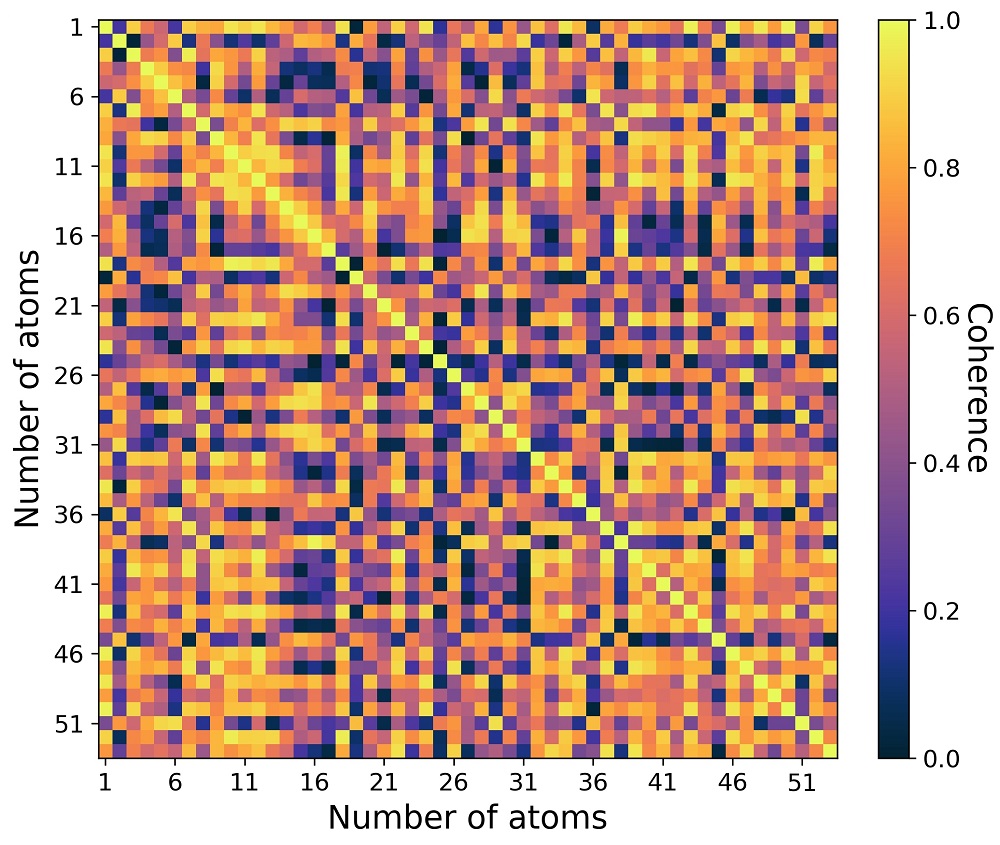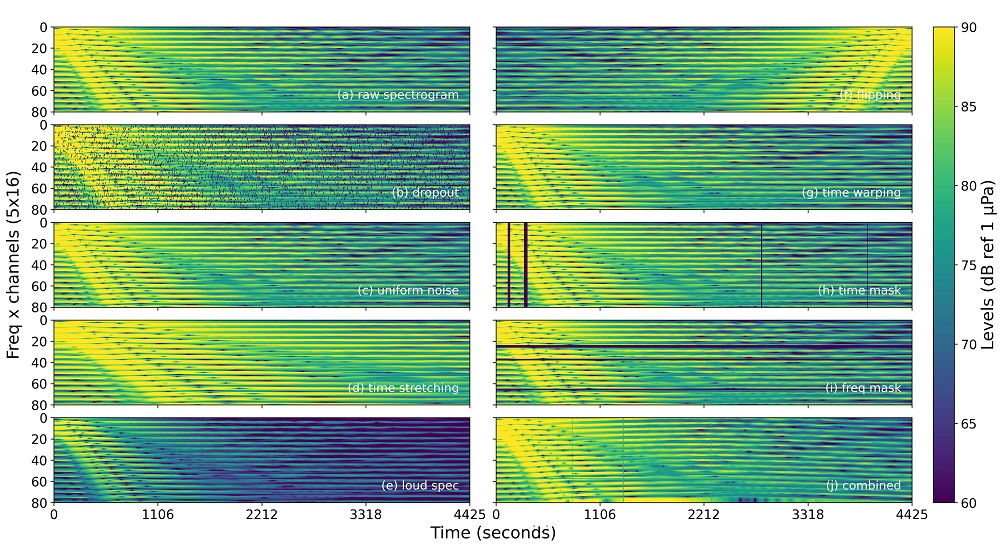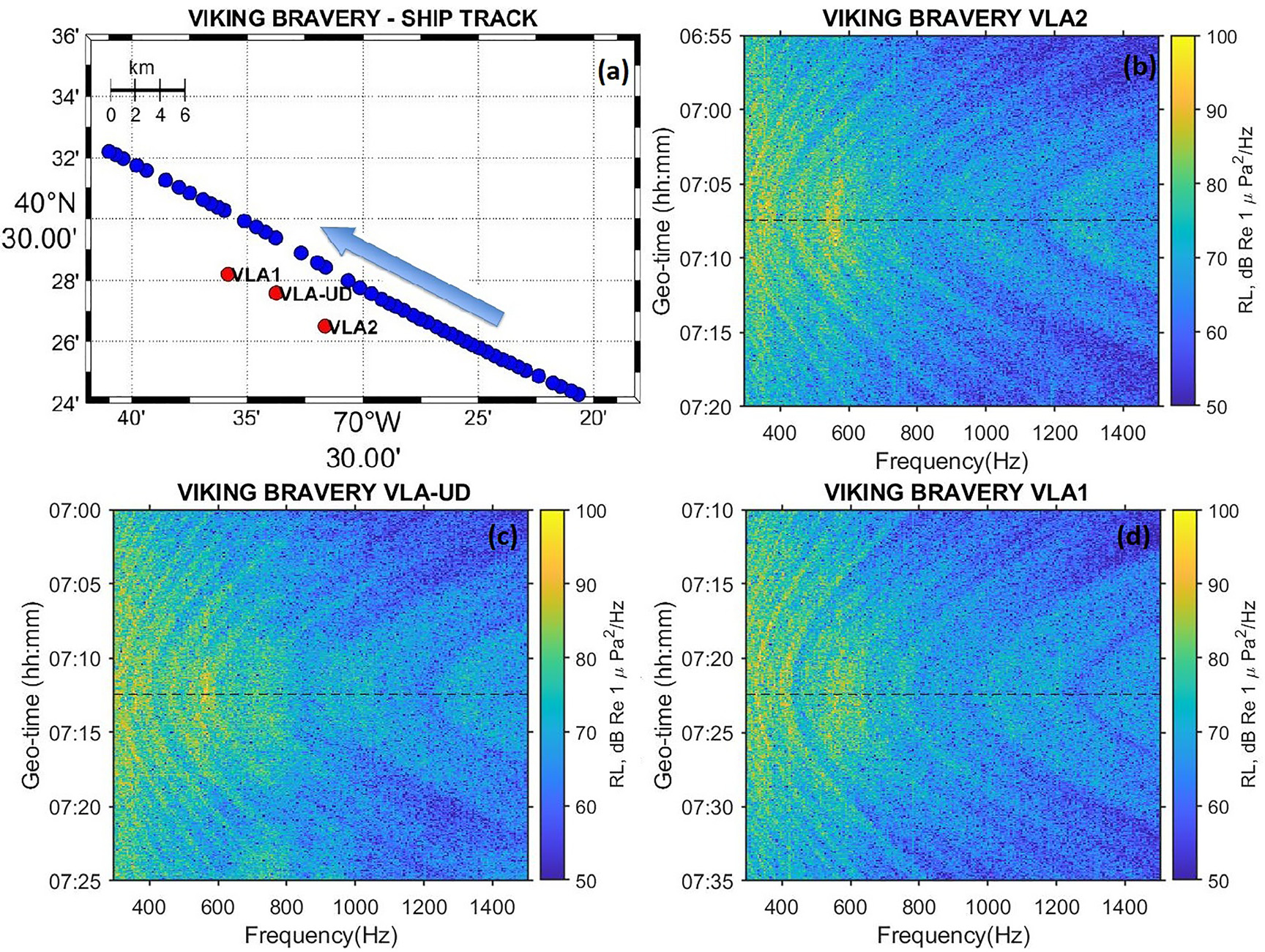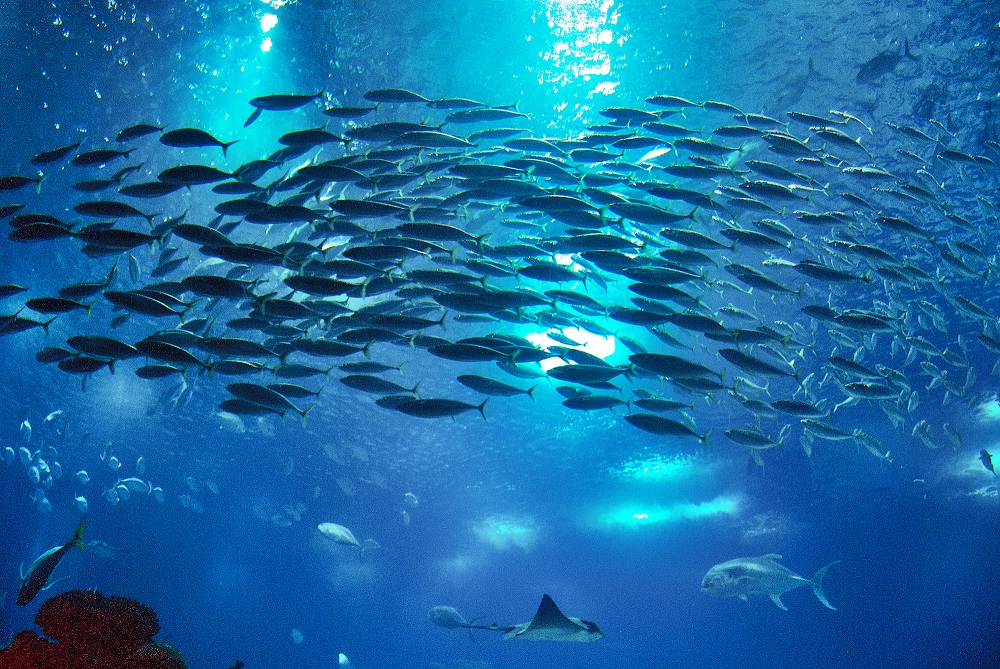Research Detection of marine mammals in the Arctic

Abstract
Year-round recordings of bearded seal calls were collected in the northeastern edge of the Chukchi Continental Slope (Alaska) in 2016-2017. While the underwater vocalizations of bearded seals are often analyzed manually or using automatic detections manually validated, in this work, a detection and classification system (DCS) based on deep learning techniques is proposed. The system is divided in two sections. First, regions of interest (ROI) containing possible bearded seal vocalizations are found by using the 2D normalized cross-correlation of the measured spectrogram and a representative template of two main calls of interest. Second, convolutional neural networks (CNN) are used to validate and classify the ROIs among several possible classes. The CNNs are trained on 80% of the ROIs manually labeled from one of the four spatially separated recorders. When validating on the remaining 20%, the CNNs show an accuracy above 95.5%. To assess the generalization performance of the networks, the CNNs are tested on the remaining recorders, located at different positions, with a precision above 89.2% for the main class of the two types of calls. The proposed technique reduces the laborious task of manual inspection prone to inconstant bias and possible errors in detections.
Several seabed seals were recorded during the Canada Basin Acoustic Propagation Experiment The video below shows a typical spectrogram song of a bearded seal in the arctic area.
This study provides evidence that convolutional neural networks are suitable for classifying bearded seal vocalizations from candidate regions found by the spectrogram correlation technique. With this DCS, given that the ROIs will be classified by the CNNs, the sensitivity of the detection step can be increased to find more possible vocalizations even though many false-positive events are triggered. For the CNNs, the training data must have enough information content for the networks to learn how to distinguish the signals of interest from other possible signals that might be present in the testing scenarios.
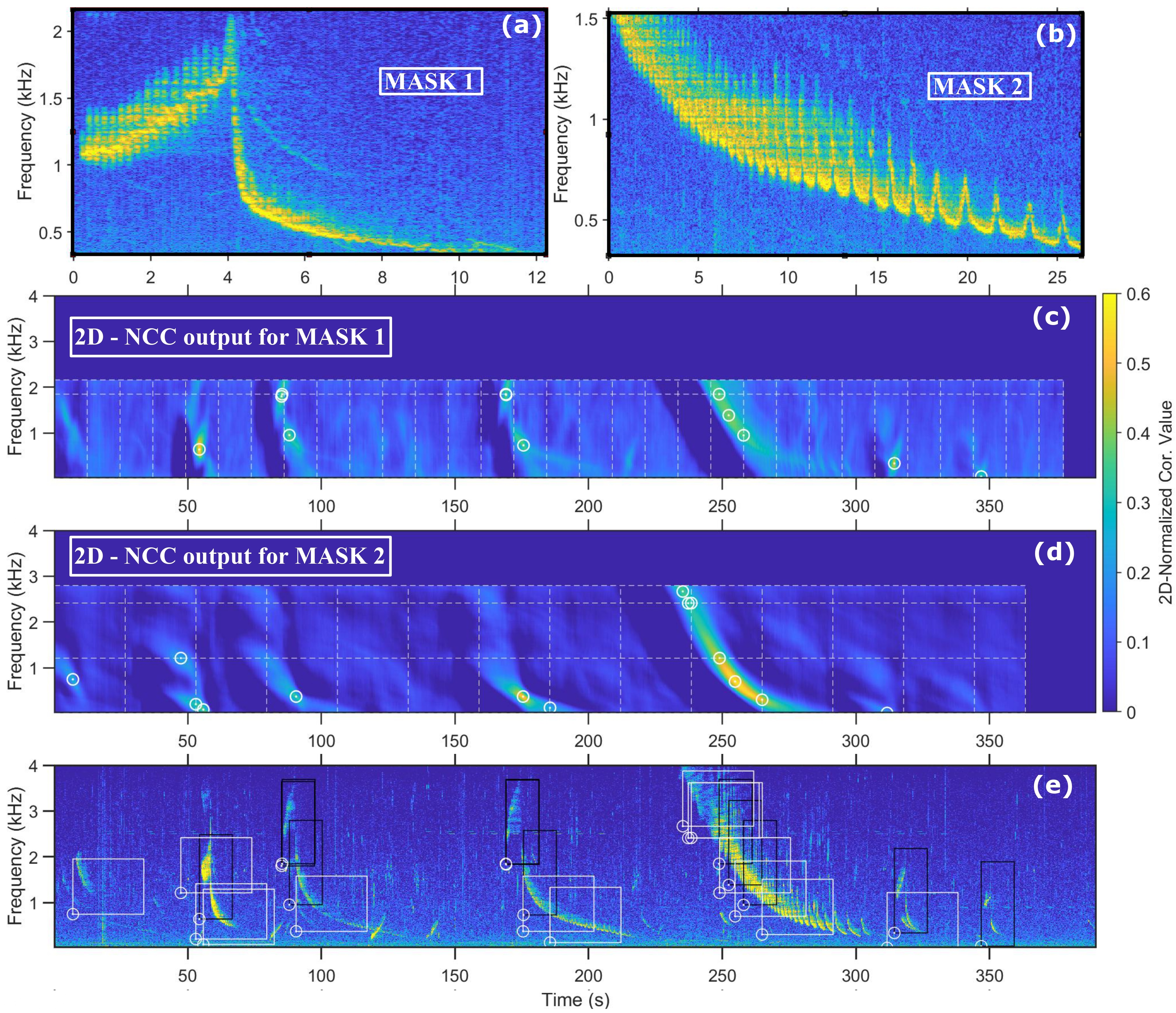
Here, observation of the spatial and temporal dependence of the bearded seal vocalizations showed that this species prefer shallower water depths in the Chukchi Continental Slope. It was found that one common factor across all the receivers was the increased vocalizations in late June during the breeding season when the ice is breaking and the trills are louder and longer, possibly, for fitness display purposes.
Related publications
-
Christian D. Escobar-Amado, Mohsen Badiey, and Sean Pecknold. DOI: 10.1121/10.0009256. [PDF]
